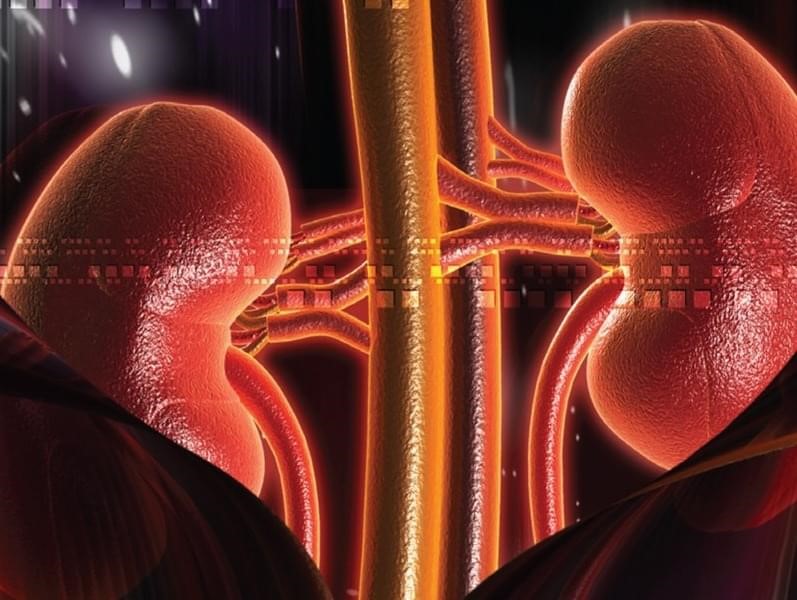
One of the frequently asked questions in our organ transplantation center is “will my kidneys be removed?” It is not necessary to remove native kidneys, excluding some special conditions. Examples of those special conditions include; vesicoureteral reflux – urine refluxes to the kidney from urinary bladder where urine produced in kidneys is collected and stored; and polycystic kidney disease, where kidneys are extremely dilated and which may cause frequently relapsing urinary tract infections and hematuria after kidney transplantation. We do not remove the native kidneys of the patient, excluding the two conditions mentioned above.
Transplant kidney is placed to a very different place, groin of the patient. We prefer to place the transplanted kidney to the right inguinal area, where blood vessels are comparatively more superficial. After the renal artery is anastomosed to the inguinal artery and the renal vein is anastomosed to the inguinal vein, we connect the ureter – the canal where urine produced in kidneys flows, to the urinary bladder.
Kidney Transplantation From Cadaveric and Living Donors
Albeit not very significant, there are minor differences favoring transplantation from living donors in comparison with the kidney transplantation from cadaveric donors. The underlying reason is that the kidney used for cadaveric donor transplantation is stored out of the body in a cold environment for a while. However, for living donor transplantations, donor and receiver are placed in adjacent operation tables. As soon as the kidney is taken out from a living donor, it is transplanted to the donor with no time loss. Therefore, kidneys transplanted from living donor start functioning, while the patient is still on the operation table. Since kidneys obtained from cadaver are stored in a cold environment for a while, functioning can be late secondary to extracorporeal period. Thus, there are some differences between living donor kidney transplantations and cadaveric donor transplantations, since, for living donor transplantations, transplant kidney starts functioning earlier, a dose of immunosuppressive medications is lower and a lifetime of the organ is longer.

